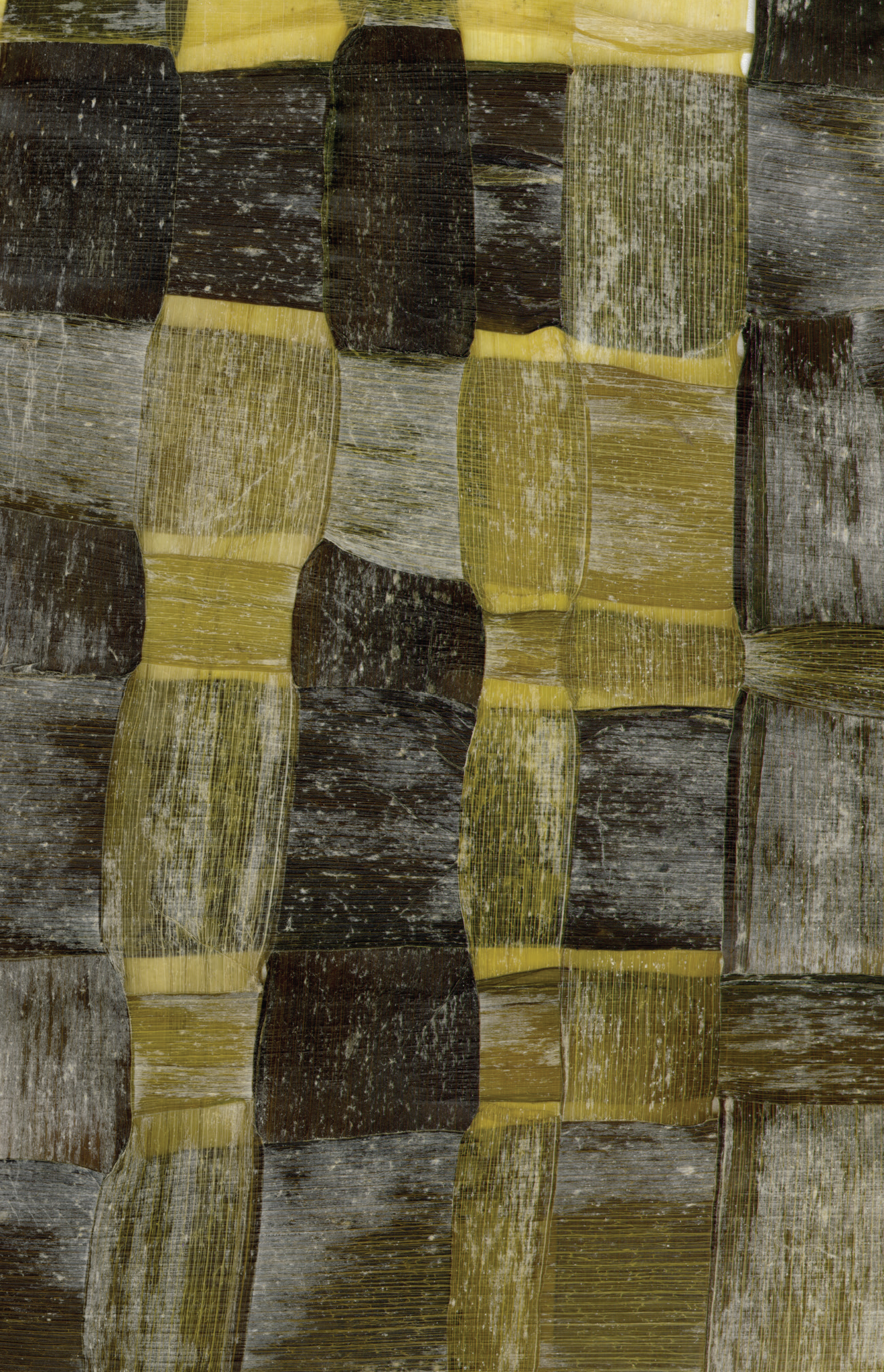Vegetables
Atomix X Jennifer Shin
Jennifer Shin (b. 2000, Seoul, Korea) is an interdisciplinary artist based in Seoul and New York. Working with food, paper, and craft, Jennifer explores memory and impermanence through materials that are inherently fleeting. She is drawn to ephemerality for its ability to hold traces of time, honoring what might otherwise disappear or be forgotten. Her process is slow and labor-intensive, inspired by Korean craft traditions such as quilting (Jogakbo) and papermaking, where small fragments are reimagined into new forms. Extending this sensibility to food, she works with seasonal produce and approaches cooking as both craft and art.
-
Jennifer Shin
Jennifer Shin (b. 2000, Seoul, Korea) is an interdisciplinary artist based in Seoul and New York. Working with food, paper, and craft, Jennifer explores memory and impermanence through materials that are inherently fleeting. She is drawn to ephemerality for its ability to hold traces of time, honoring what might otherwise disappear or be forgotten. Her process is slow and labor-intensive, inspired by Korean craft traditions such as quilting (Jogakbo) and papermaking, where small fragments are reimagined into new forms. Extending this sensibility to food, she works with seasonal produce and approaches cooking as both craft and art. For her, shaping objects by hand and sharing a meal are parallel ways of building community and celebrating the transient beauty of everyday life. She received her BFA from Carnegie Mellon University in 2024 and has shown her sculptural works and food-based installations in group exhibitions and community programs, including the Miller ICA, Pittsburgh Cultural Trust, and The Folly Tree Arboretum.
-
Her vegetable paper series began from a love of the farmers market and a desire to honor in-season produce beyond cooking. Each vegetable is sliced and dried for several days until it becomes translucent, qualities reminiscent of Korean Hanji or silk. The work reflects a longstanding cultural practice of preserving fresh, in-season produce while also grounding her in the different cities she moves between. In this process, she recognizes the labor of farmers and the subtlety of colors and patterns in produce. The papers serve as the foundation for various projects, including paper quilts inspired by Korean Jogakbo, handbound books, and small sculptures. Together, they form a quiet act of world-building, asking what can be made from the ephemeral and how small gestures might carry the weight of memory, care, and continuity.














